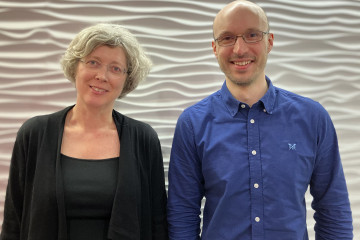PhD Studentship
Development of novel tools to assay haematopoietic stem cell activity ex vivo

At a glance
In progress
Award date
January 2023 - January 2026
Grant amount
£90,000
Principal investigator
Professor Marella de Bruijn
Co-investigator(s)
Institute
University of Oxford
R
- Replacement
